It seems like everywhere you turn these days, there’s a new food documentary detailing the horrors and betrayals to the consumer of the global food industry. It almost leads one to question: what food is safe and who can we trust if not the FDA or the U.S. Department of Agriculture? The truth of the matter is, we are living in a time where our demand for the quantity of food needing to support our American appetites has outgrown the supply provided by small, independent farms. If the agricultural industry hadn’t figured out a way to stretch or increase the product it is making, someone would go hungry. And I don’t know about you, but I’m pretty sure none of us wants to be that “someone.” That being said, I think the awareness that is growing and the push for Americans to make conscious choices about the food they eat and the processes they are supporting is a healthy one. The dilemma we all face is, how can we bring that awareness to our dinner table in a way that can still be cost and time effective?
I believe one of my main problems when it comes to implementing sustainable, healthy eating choices into my own daily repertoire is, simply, that I often overthink everything. Honestly, the best way to pick products that are minimally processed and healthy for my family is to keep it simple. As simple as going to my local farmer’s market and meeting the very people who can give me the ingredients I’m looking for. Does that mean that everything I need to make my meals will come from this “simple” place? No…but it’s a start.
If you’re like me and you watch those food documentaries, you come away energized to make changes, but then, when it comes to putting those changes into practice you feel overwhelmed by the blockades you run into with time or cost or availability of a variety of ingredients…and you give up. I think if you are like me, you can’t see the forest for the trees, if you catch my drift. I get so caught up in the details that I lose sight of the goal entirely.
So I am trying to shift my focus now. I have spoken often about making sustainable, healthy food choices for my family. Don’t take from that that if you step into my kitchen at home that every single ingredient I utilize is organic or that I know the name of the farmer, and the cow for that matter that my homemade burgers came from. It does mean, though, that I am trying to be conscious of the choices I make for my family on a day-to-day basis.
For example, farmer’s markets are seasonal in most places, and depending on what region of the country you live in, they may not always provide a plethora of variety. However, they all provide a chance to shake hands with the person who grew a specific product and to ask about the processes they use to bring that product to market. You get to learn so much more in the process. So then you may have three or four things in your fridge that week that you can point to and say, “I know exactly where that came from and how it made it to my plate.” The goal in these days of readily available information overload, for most consumers, is to make well-informed decisions. You can’t get much more well-informed than coming face to face with the person who makes the product you purchase.
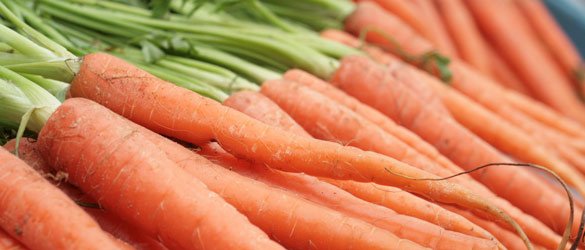
The second piece of that is that you are not only making sustainable choices for your family, but helping to sustain that smaller part of the “food chain” by supporting your local farmers. It doesn’t take any more time or money usually to buy at least part of your list from these local vendors when the season rolls around. You are cutting out the middle men of shippers, handlers, and retail price increases and going straight to the person who pours their energy into that product. And in my experience, these people take great pride in providing a quality product. They know the hard work they have given to make sure that you have what you need/want and are more than happy to tell you what they do to make that happen.
Or the next time you are at the grocery store, make a conscious decision to pick 5 items from your list and buy the organic variety. This won’t break your grocery budget, but will provide you with a few choices that you feel better about in a manageable way. Or even take something that is a convenience food, the pre-packaged chicken salad in the deli section, and add some of those fresh organic ingredients to make a more wholesome meal. You get the benefit of convenience, but by adding some fresh ingredients, you take the processed, high sodium, full fat pre-packaged food and cut the portion size and calories in half while providing your family with something familiar with a fresh twist. Who knows? It may just become a new weekday favorite that you can incorporate into your repertoire.
I am coaching myself to take these small steps for the bigger change I want to see in my family and those around me. I’m not going to make a food documentary that shows you how to harvest your own wheat and raise your own poultry to safeguard you from the “evils” of the food industry. I just want to help myself, and others, to see the small things we can do to make healthier sustainable choices about food. We don’t have to picket the mass producers of meat or poultry or grains to make changes in our own lives. We don’t have to tackle reshaping the food industry and then quit when we get discouraged by that overwhelming task.
We simply have to see through the trees for the forest. We have to make small choices that fit into our lives to impact the overall picture of healthy, sustainable food for our own families. If it’s not simple, it’s not sustainable for our lives. In the case of bringing healthy food to our own table, it’s not just the thought that counts this time. And taking small steps can be the difference between wanting to make changes and just doing it. So, the next time you want to make a healthier, more sustainable choice for your family, just remember to keep it simple.

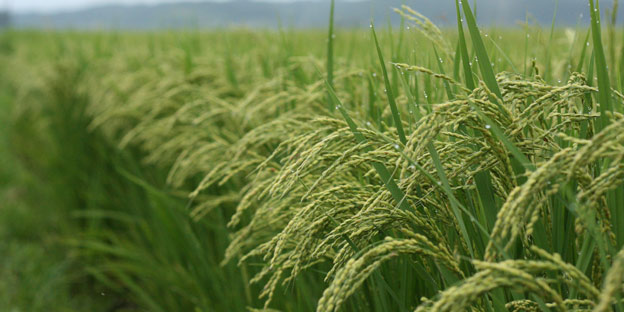



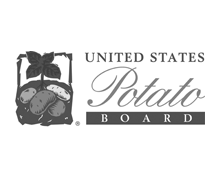
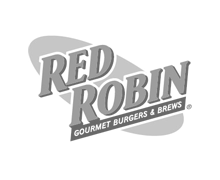

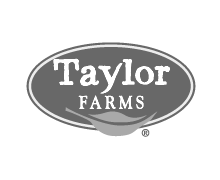

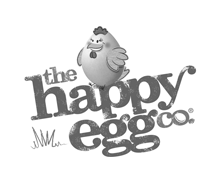



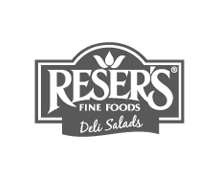






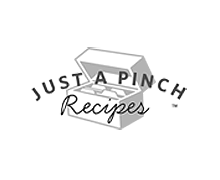






Amen!! Support your local farmers/producers!!
Thanks Ben